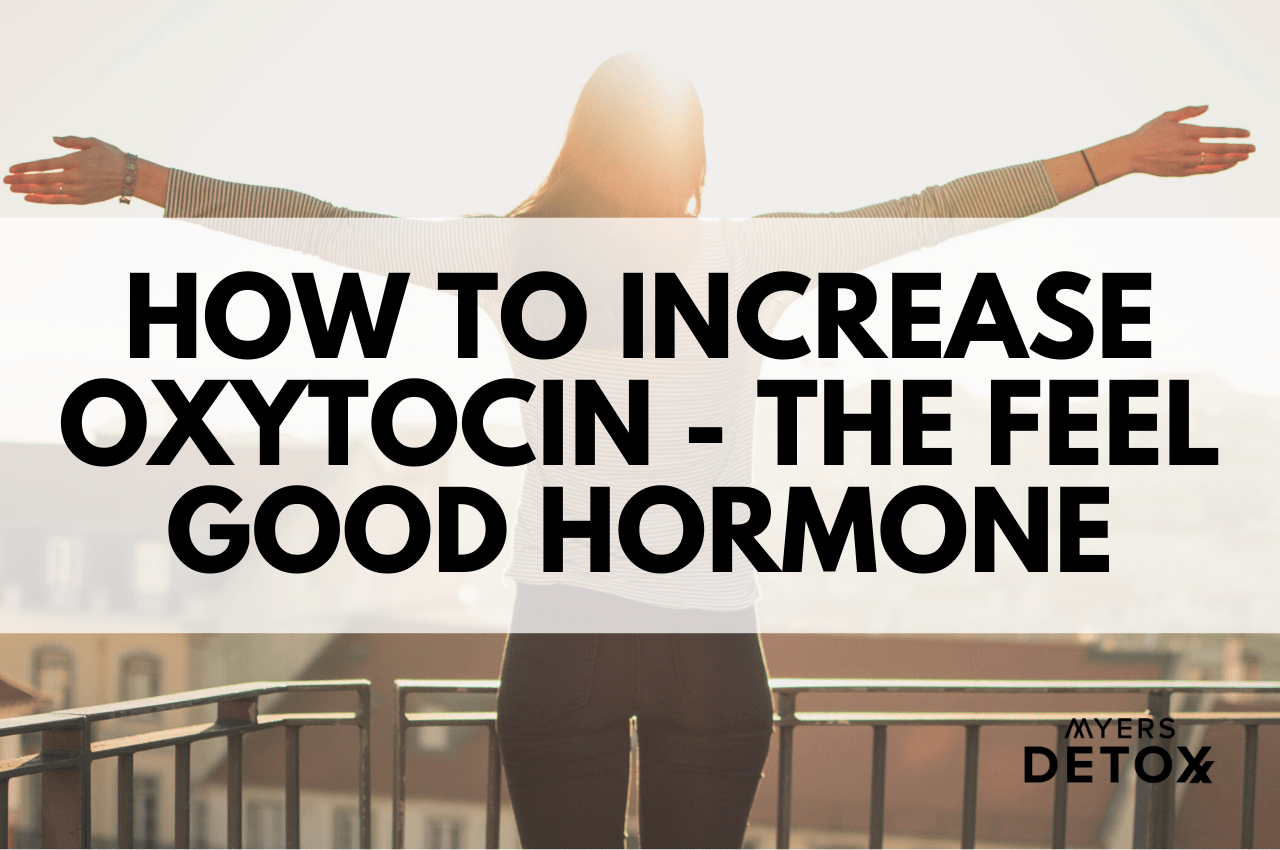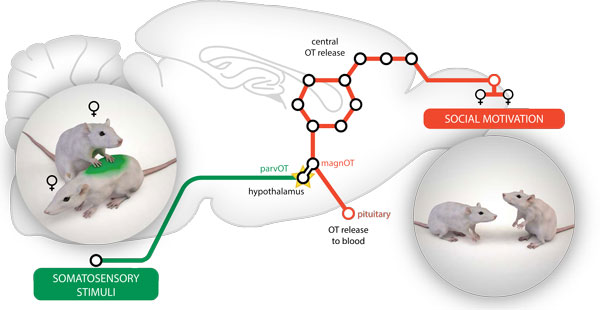Oxytocin role hormone pituitary pregnancy secreted effects posterior gland released diabetes cells secretion when hormon hypothalamus metabolic dual osteoporosis two
Table of Contents
Table of Contents
Oxytocin and touch play a crucial role in our relationships, but did you know they can also reduce conflicts? This post delves into the power of touch and how it can positively impact our relationships.
The Pain Points of Oxytocin and the Role of Touch in Reducing Relationship Conflicts
Relationships are complex, and conflicts can arise from a variety of factors. However, a common pain point is feeling disconnected from your partner. Without physical touch, we can feel unloved, leading to arguments and disagreements. This is where oxytocin comes in - it helps us feel bonded and connected to our partner through touch.
The Target of Oxytocin and the Role of Touch in Reducing Relationship Conflicts
The target of oxytocin is to promote social bonding and trust. This hormone is essential to our relationships, and touch is one of the easiest and most natural ways to release it. Whether it’s holding hands, hugging, or cuddling, physical touch promotes the release of oxytocin, which can help create a deeper connection with our partners, reducing conflict and increasing intimacy.
Summary of Oxytocin and the Role of Touch in Reducing Relationship Conflicts
The bottom line is that touch and oxytocin are crucial in maintaining healthy relationships. They have the power to reduce conflicts and increase intimacy between partners. By taking the time to connect through touch, we can create a deeper bond with our loved ones and prevent unnecessary arguments.
Personal Experience with Oxytocin and the Role of Touch in Reducing Relationship Conflicts
I remember when my partner and I were going through a rough patch in our relationship. We were arguing more often, and it felt like we were in a constant battle. However, one night, we decided to go to bed early and cuddle. As we held each other, I could feel a sense of calm wash over me - I knew I was safe with him. After that, our relationship improved immensely. We made it a habit to cuddle every day, and it helped strengthen our bond.
Touch releases oxytocin, which promotes emotional bonding and reduces stress. This is why it’s crucial to incorporate physical touch into our relationships.
How Oxytocin and Touch Reduce Conflicts
When we touch another person, oxytocin is released in our bodies, creating a feeling of trust and closeness. This can help prevent conflicts by increasing our ability to communicate and empathize with our partners. When we feel connected, it’s easier to work through disagreements and find common ground.
The Science Behind Oxytocin and Touch
Oxytocin is a hormone that is released during moments of intimacy, such as childbirth, breastfeeding, and sexual activity. It promotes bonding and trust, which can help reduce conflicts in our relationships. Studies have shown that oxytocin can even decrease our stress levels, making us feel more relaxed and connected to our partners.
How to Incorporate Oxytocin and Touch into Your Relationship
Incorporating touch into your relationship can be as simple as holding hands, hugging, or cuddling. It’s important to take the time to connect with your partner physically, as it can strengthen your bond and prevent conflicts. If you’re struggling to incorporate touch into your relationship, try setting aside time each day to simply hold each other or cuddle. This can help you both feel more connected and reduce tension.
Question and Answer
Q: Can oxytocin help repair a broken relationship?
A: While oxytocin can help promote trust and connection, it’s not a miracle cure for a broken relationship. Repairing a relationship requires communication, empathy, and a willingness to work through conflicts together.
Q: Can you release oxytocin by yourself, without a partner?
A: Yes! While touch is an effective way to release oxytocin, there are other ways to do so. Practicing self-care, such as taking a relaxing bath or meditating, can help promote the release of oxytocin in your body.
Q: Can touch promote health benefits other than reducing conflict?
A: Yes! Touch has been shown to have a variety of health benefits, such as reducing stress, lowering blood pressure, and even boosting our immune systems.
Q: How can we incorporate touch into long-distance relationships?
A: Long-distance relationships can be challenging, but it’s still possible to incorporate touch into them. Using video calls to have virtual hugs or cuddles, sending care packages filled with soft blankets or stuffed animals, and even sending thoughtful text messages can help you and your partner feel connected.
Conclusion of Oxytocin and the Role of Touch in Reducing Relationship Conflicts
Touch and oxytocin are essential in maintaining healthy relationships. By incorporating physical touch into our relationships, we can reduce conflicts, increase intimacy, and create a stronger bond with our partners. Remember to take the time to connect with your loved ones through touch, and watch as your relationships flourish.
Gallery
Oxytocin | Oxytocin, Mind Over Body, Psychology Facts

Photo Credit by: bing.com / quotes oxytocin psychology relationship themindsjournal facts
Frontiers | Two Birds With One Stone: Possible Dual-Role Of Oxytocin In
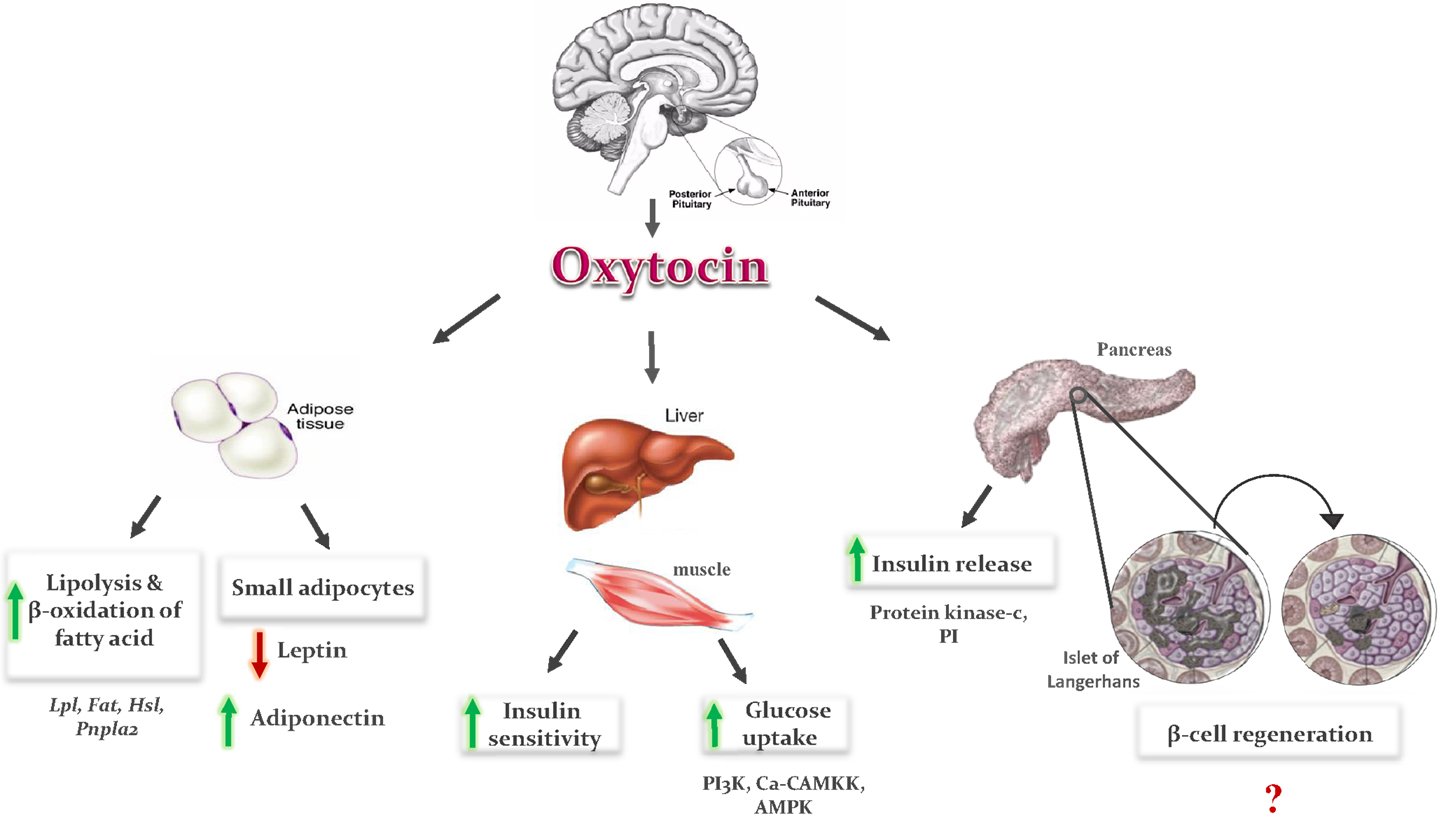
Photo Credit by: bing.com / oxytocin role hormone pituitary pregnancy secreted effects posterior gland released diabetes cells secretion when hormon hypothalamus metabolic dual osteoporosis two
Oxytocin: The Love Hormone | Why We Need It | How We Can Get It
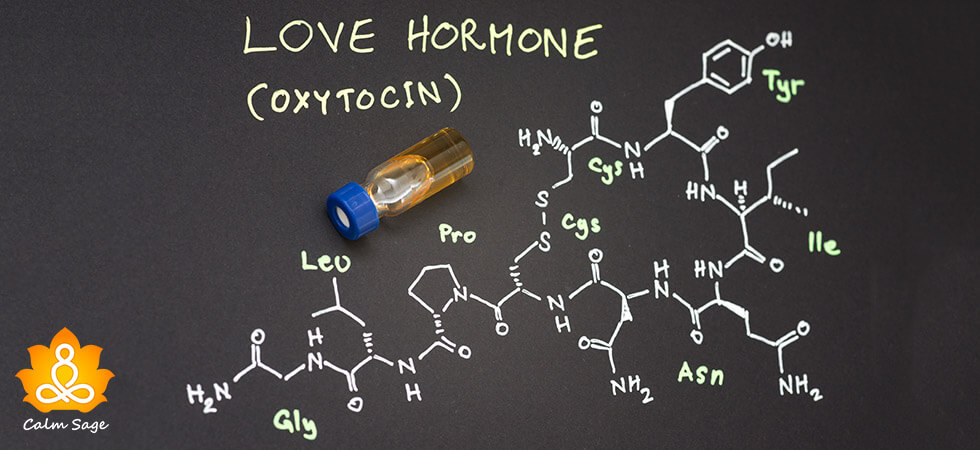
Photo Credit by: bing.com / oxytocin hormone neurotransmitter
Love, Actually: The Science Behind Lust, Attraction, And Companionship

Photo Credit by: bing.com / oxytocin lust attraction role vs men science companionship dopamine attachment behind three relationship hormones serotonin when vasopressin sitn hms harvard
» Human Touch And Our Internal Connection To Beauty Beauty Blog
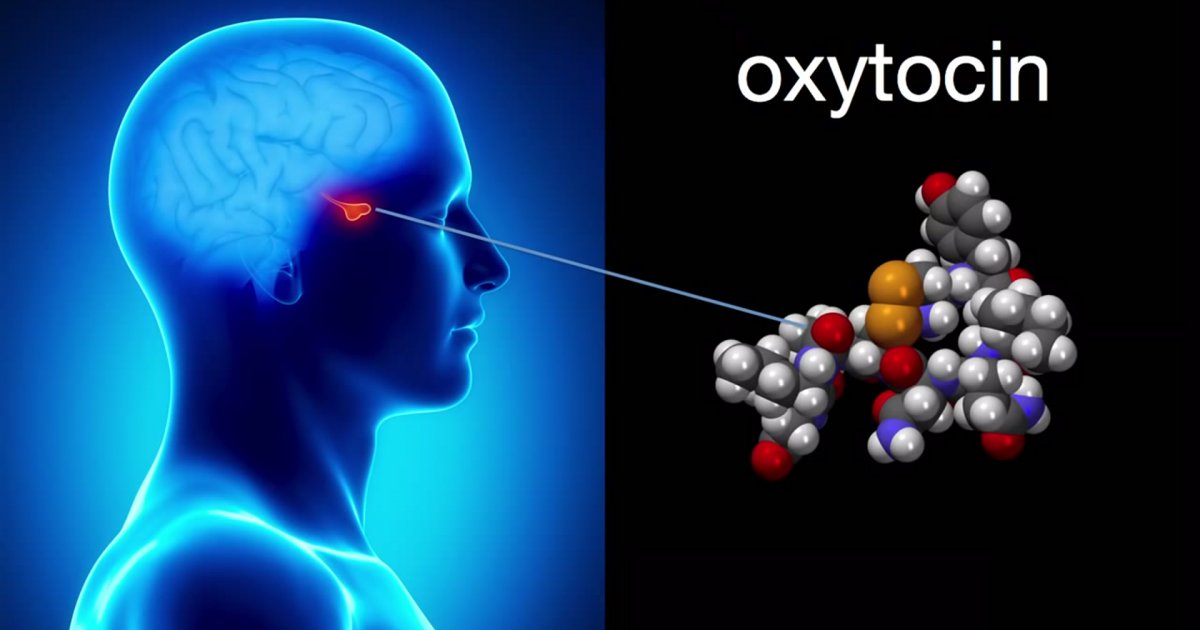
Photo Credit by: bing.com / oxytocin hormone hug gland brain released porn ted stress pituitary beauty releases when forth author young gary wilson effects talk


